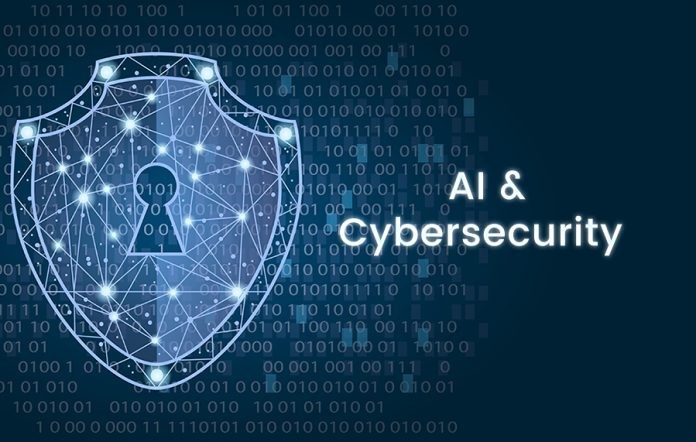As artificial intelligence intrudes into the world of cybersecurity, security analysts and experts are trying to make it easier to identify and counteract sophisticated criminal activity without the need for extensive human intervention. In particular, machine learning can be used to better analyze cyber threats and trigger improved responses to security-related incidents. Machine learning, a key component of artificial intelligence (AI) technology, enables security experts to learn advanced cyber attack vectors.
On the other hand, machine learning is the ability to recognize patterns in fresh data so that it can learn from experience. Machine learning helps computers update algorithms based on the data they receive, while learning from the information they retrieve.
Artificial intelligence, which encompasses neural networking, machine learning and analytics, and the associated algorithms, enables systems to learn from experience. AI leads to smarter automated security measures such as intrusion detection and prevention, and better detection of potential threats. Machine learning enables AI software to identify threats, relate potential risks, take appropriate action, and respond to threats with the right information and response times. Businesses can respond to threats with more confidence and faster speed than ever before.
While real cognitive AI is rarely used, machine learning can provide step-by-step, signature, real-time detection and response to threats. In cybersecurity, AI and its machines – learning subgroups – have had a significant impact on the development and implementation of cybersecurity solutions and tools.
Capgemini recently published a report based on AI and cybersecurity, which states that 42% of the companies surveyed have seen an increase in the use of AI in their security systems. By combining the strengths of artificial intelligence (AI) in cybersecurity with the capabilities of machine learning and other machine-learning technologies, security experts will have additional resources to defend vulnerable networks and data from cyber attackers. Obviously, hackers themselves are incredibly resilient, and they, too, can use learning machines to create various disruptions that overwhelm a new security system.
Another problem that could arise from artificial intelligence and machine learning is that, while these tools help defend themselves against hackers, cyber criminals are most likely to use the same techniques themselves to make the attacks more effective. The use of artificial intelligence in cyber security creates new threats to digital security. A Europol report warns: “Artificial intelligence is an emerging technology that could make tracking cyber attacks more difficult and dangerous than ever.
While AI technology can be used to more accurately identify and stop cyber attacks, cyber criminals could use AI systems to carry out more complex attacks. This is partly due to the rising costs of developing and adapting the technology, which reduces the amount of data available for the analysis and analysis of cyber attacks by cyber criminals. This means developing more complex, adaptable, and malicious software, and this means a greater need for more advanced cybersecurity tools.
Conventional systems simply cannot keep up with the amount of malware that is emerging each month, and this is where AI needs to step in and address the problem. Cyber security companies teach AI systems to detect viruses and malware using complex algorithms that the AI can then execute on the software. The AI system can be trained to detect what enters the system and then isolate it from other systems such as computers, mobile phones or other devices.
Cybersecurity can also benefit from automated technologies, such as natural language processing, which occurs whenever a cyber threat is detected. Natural language processing gathers information by combing through articles, news, and studies on cyber threats, and the system runs the AI on a database of hundreds of thousands of articles and news articles about the threat.
Artificial intelligence is capable of analyzing huge amounts of data and adequately analyzing existing cyber threats to reduce cyber attacks. Similarly, implementing AI solutions for cyber security will help organizations protect existing systems and software and identify new types of malware. In addition, AI-based cyber security systems can provide effective security standards and help develop better prevention and recovery strategies.
While AI has greatly improved the ability of security teams to detect, detect, and manage threats and protect themselves from them, technology has also created new challenges.
It has been shown that it is possible to fully automate the creation of exploits and launch attacks, and with this automation, AI can help adapt more quickly to exploits in a given environment and help the attacker classify data that is worth exfiltrating as well. The hunt for AI-driven malware is expected to begin mimicking behaviors normally attributed to human operators and take advantage of contextualization. In addition, it can not only help to disguise the attack, but also help to identify the right targets and the right targets for exploitation.





